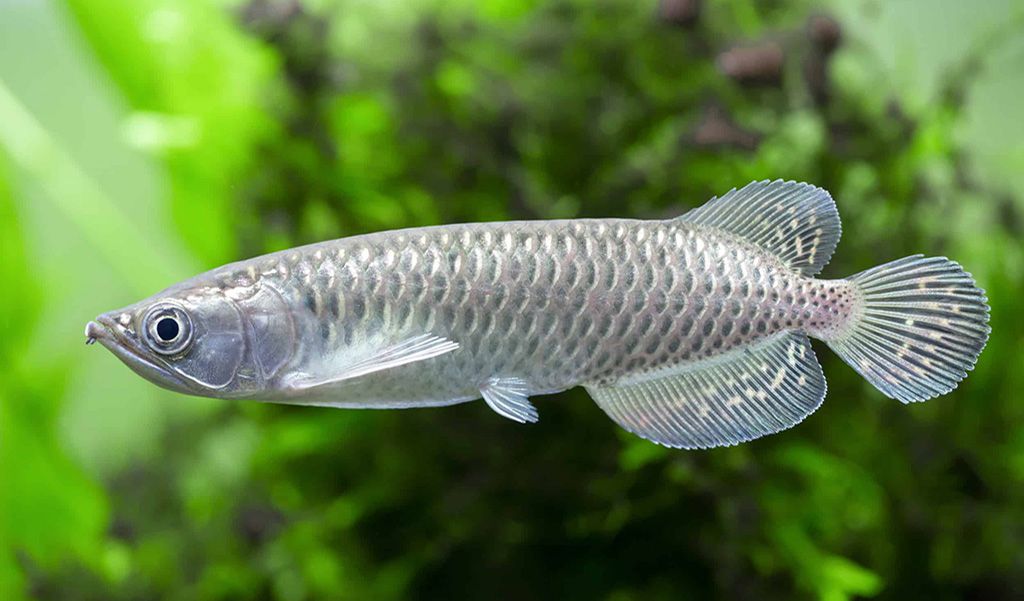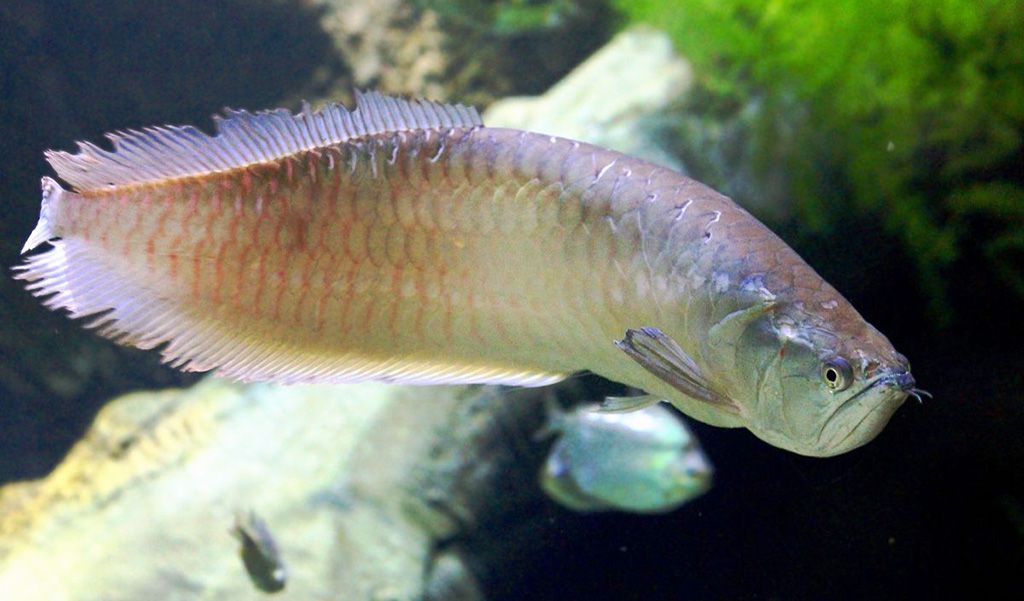Arowana Fish Common Diseases and Treatments
Featuring a long body, the Arowana fish is one popular freshwater fish. Generally, Arowana fish are native to Africa, Asia, South America, and Australia. They are one of the most expensive aquarium fish that need careful attention. Otherwise, health issues would appear. In this article, let’s take a look at the arowana common diseases and treatments.
Common arowana diseases
Before we get into the details of arowana diseases, let’s take a quick look at some common arowana diseases.
- Not Swimming
- Drop Tails
- Drop Eyes
- Cloudy Eyes
- External Injuries
- Fin Rot
- Scales Corrosion
- Overturned Gills
- Protruding Scales
- Parasites
- Fish Lice
- Anchor Worm
- “Red Spot” disease
- “White Spot” disease (Ich)
- Rotting Gills disease
- Swim Bladder disease
- Herbal Bacterial disease
- Stomach Ailments
Next, we will cover the causes and symptoms of some common diseases of arowana fish.
Not Swimming
Causes
- Frequent fluctuation of water conditions: Fluctuation of water conditions may be the result of continuous water changes, as well as aquarium filter media cleaning and changes
- Changes in the living environment: Arowana fish are sensitive to changes in the living environment. For instance, new fish introduction, aquarium equipment replacement, as well as water flow and lighting changes would bring stress to Arowana fish
- Result of suffering from diseases
Symptoms
- Stay at the bottom of the fish tank
Drop Tails
Causes
- No wavemaker in the tank: Arowana fish get less exercise as there is no wavemaker at the bottom of the tank
- Limited space: For limited room, Arowana fish swim around constrained. Then their tails may drop
- Downward water flow: The downward water flow in the tank may be a reason for drop tails
Symptoms
- Split tails
Drop Eyes
Causes
- Diet: The food sink to the bottom of the tank, then arowanas will look down to search for food. Also, excessive fatty food will lead to drop eyes, like the beef heart.
- Genetics: Drop eyes are more common in some arowanas. For example, the Silver Arowana. Generally, the more active ones may lead to more frequent impacts.
Symptoms
- Fat accumulation above the eyes
- Look down diagonally
Cloudy Eyes
Causes
- Polluted aquarium water
- Improper handling
Symptoms
- Whitish gray film on the fish’s eyes
- Moldy eyes
- Swell eyes covered with blueish-white matter
- Markings on fish body
External Injuries
Causes
- Fight with other tank mates
- Hit against rocks, tank lid, driftwood, or other aquarium decorations
Symptoms
- Injuries on fish bodies, fins, or scales
Fin Rot
Causes
- The result of Gram-negative and aerobic bacteria infection
- Stress caused by poor water quality, high fish density, incompatible tank mates, or other factors
Symptoms
- Fin erosion
- Skin lesion
- Gill necrosis
- Loss of appetite
- Move slowly
Scales Corrosion
Causes
- Poor water quality
- Fight with other tank mates
- Bacterial infection
- Vitamin deficiency
Symptoms
- Damaged or corroded scales
- Whitening scales
Overturned Gills
Causes
- Poor water quality: Decaying uneaten food and fish feces will cause poor water quality. Also, high levels of nitrite, nitrate, and ammonia will reduce the oxygen level in the aquarium.
- Limited space: Without an adequate living room, the gill may become overturned.
- Water temperature fluctuation: Arowanas are sensitive. Hence, maintaining a stable water temperature is essential.
Symptoms
- Irregular movement of gills
- Faster and abnormal breathing
- Concave gill covers and curly gills
- Loss of appetite
Protruding Scales
Causes
- Polluted aquarium water
- Sudden changes in aquarium water temperature
Symptoms
- Tilted scales
- Blood at the root of scales

Sick Arowana treatments
In this segment, let’s learn some treatments to deal with sick arowana.
| Diseases | Arowana Treatments |
| Not Swimming |
|
| Drop Tails |
|
| Drop Eyes |
|
| Cloudy Eyes |
|
| External Injuries |
|
| Fin Rot |
|
| Scales Corrosion |
|
| Overturned Gills |
|
| Protruding Scales |
|
Measures to prevent arowana from sickness
This part will share some measures to prevent arowana fish from sickness.
Maintain great living conditions
You should clean your tank and change the water regularly. Also, monitoring the water parameters is needed. It is essential to maintain stable water temperature and other levels, like pH level.
Reduce the risk of infection
If you want to add new tank mates, it is recommended to quarantine them for several days before introducing them to the tank. It can reduce the risk of disease infection or parasite spread.
Provide adequate nutrition
Provide a balanced diet. However, you should not overfeed. Every time finishing feeding, it is better to remove the uneaten food with a fish net.
Reduce the stress
Actually, water temp fluctuation, overstock, incompatible tank mates, or others may cause stress to Arowana fish. Consequently, just keep in mind – do not overstock. And you should be cautious about introducing new tank mates.
Sum up
To conclude, Arowana fish can produce a lot of waste. And most diseases mentioned above are caused by poor water quality. Hence, it is vital to keep Arowanas in a large tank with great water quality. For additional care guides for Arowana fish, you can read Guide to Take Care Arowana Fish.
Finally, thanks for taking the time and we hope this article helps.


Hey my aro have like white string,very small on his head.can i know what is that?maybe my aro have injury on head but that very small
Hi Hariez,
It seems your aro was hurt by something, bruised or has a head peeling.
Search the medicine for aro, mix it with 1% salt water, add to some tank water for a medicinal bath, generally, last about half an hour is enough.
Or you can also use a cotton swab to soak up the medicine and apply it directly for its head.
Thanks
hygger team
There is an skin erosion at the starting point of tail. There is red color also. The fish try to bite there. The wings and tail started to peeling of. So please advice which treatment can i give? Nowadays food intake is very less.
Hi Aju thomas,
You can keep the water temperature at 88℉;
Apply antibiotic medications and add vitamin.
Keep an eye on the skin and keep less feed.
If there is no improvement of the skin erosion, please consult a vet for more details.
Thanks
hygger team